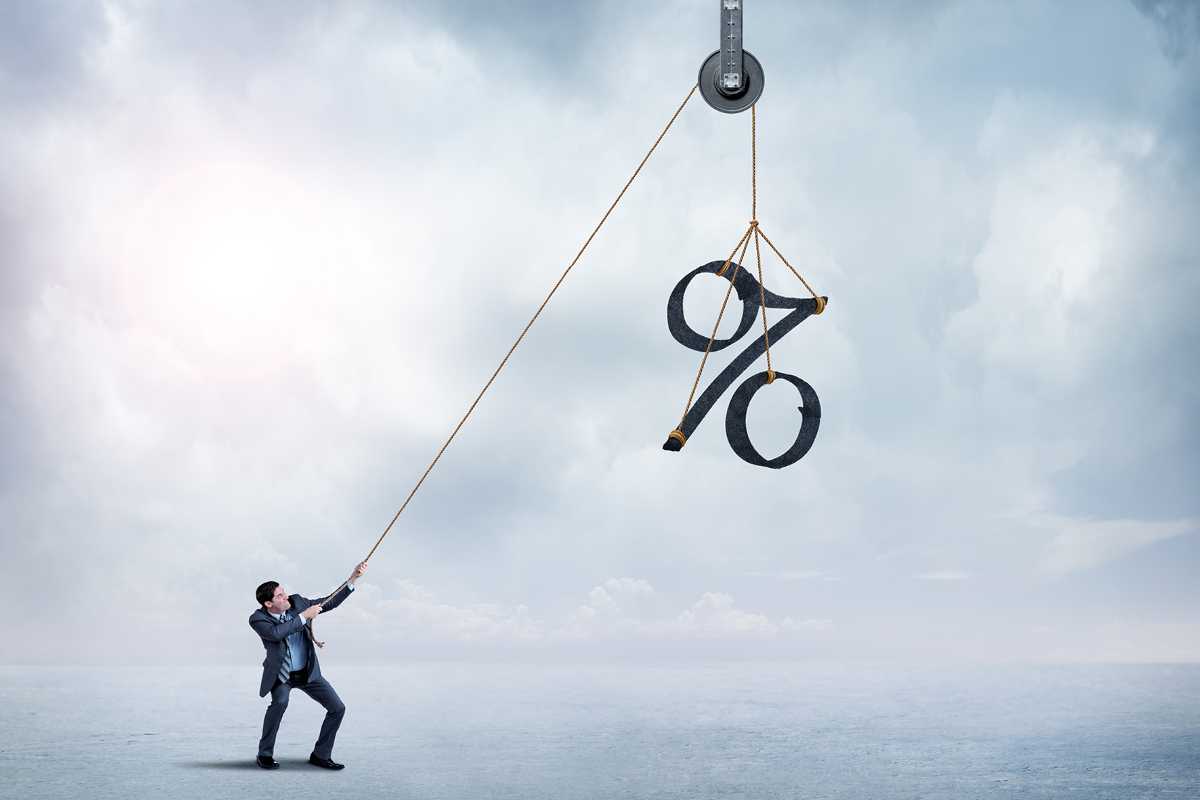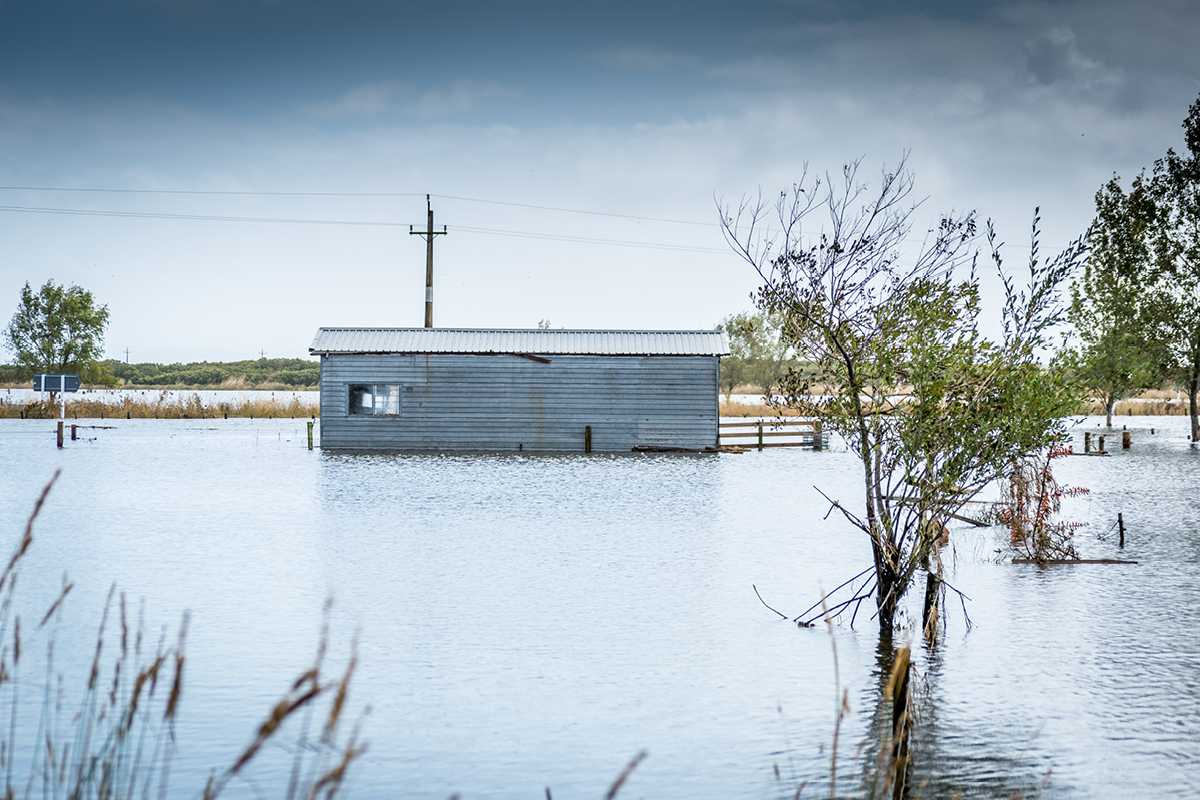
Little sign of quick fall in home loan rates
Competition amongst the four biggest trading banks is fuelling mortgage rate falls rather than a drop in wholesale rates, the ANZ says.
30 April 2024
In its latest Property Focus, the bank says wholesale interest rates are higher and not lower compared to last month.
ANZ’s New Zealand chief economist, Sharon Zollner, says given the slope of the mortgage curve it pays for borrowers to consider fixing for longer, where rates tend to be lower.
“Those wanting flexibility may also want to consider fixing for six months as a proxy, as that remains vastly cheaper than carded floating rates.
“But with rates falling for competitive reasons, rather than because wholesale rates are lower, a good question to ask is: when might we see lower wholesale rates, if this is what could open the door to meaningfully lower mortgage rates?”
Against a backdrop of sticky domestic inflation and the RBNZ’s assessment that it thinks it’ll likely be appropriate to maintain the OCR “at a restrictive level for a sustained period”, it’s a good question.
Wholesale interest rates
The short answer, Zollner says, is that falls in wholesale rates do lie ahead, but they may not fall as fast as borrowers wish. “We say that because financial markets are already pricing in a 25-basis point (bp) OCR cut by November.”
While growth has slowed, and in some sectors sharply, for the RBNZ it’s all about inflation and earlier or more aggressive OCR cuts are only likely to get delivered if there are more concrete signs of progress towards the RBNZ’s two per cent inflation target.
Zollner thinks that will happen, but not until early 2025 rather than 2024, and that’s why the bank’s forecasts envisage wholesale interest rates falling more slowly than markets are pricing in, and thus what’s implied by the term structure of interest rates.
How quickly rates fall matters crucially for borrowers considering how long to fix, and as with last month, ANZ’s breakeven analysis suggests it’s worth considering fixing for perhaps two or three years, rather than only six months or one year, because those longer terms are already cheaper, and come with implied falls built in.
Interest rate fixing
Consider, say, the choice between fixing for one year (with the intention to refix in one year) or fixing for two years.
For back-to-back one-year fixes to work out cheaper than fixing for two years at 6.77 per cent, the one-year rate needs to fall from 7.25 to 6.29 per cent or below in a year’s time. That’s a little more than ANZ is projecting (based on its wholesale rate forecasts, at about 6.6 per cent in a year’s time).
Mathematically, that suggests the longer two-year fix may be a better choice because it’s 0.48 per cent cheaper.
“Borrowers who think rates will fall faster than ANZ project, or don’t want the regret that might go with fixing at what they perceive might prove to be ‘the top’, may still want to fix for just one year, but doing the maths is often helpful, nonetheless,” Zollner says.
Fixing for a mix of terms can spread risk and avoid having everything coming up for renewal at the same time, which can be stressful, and may deprive borrowers of opportunities to fix for other terms in the meantime, she says.


